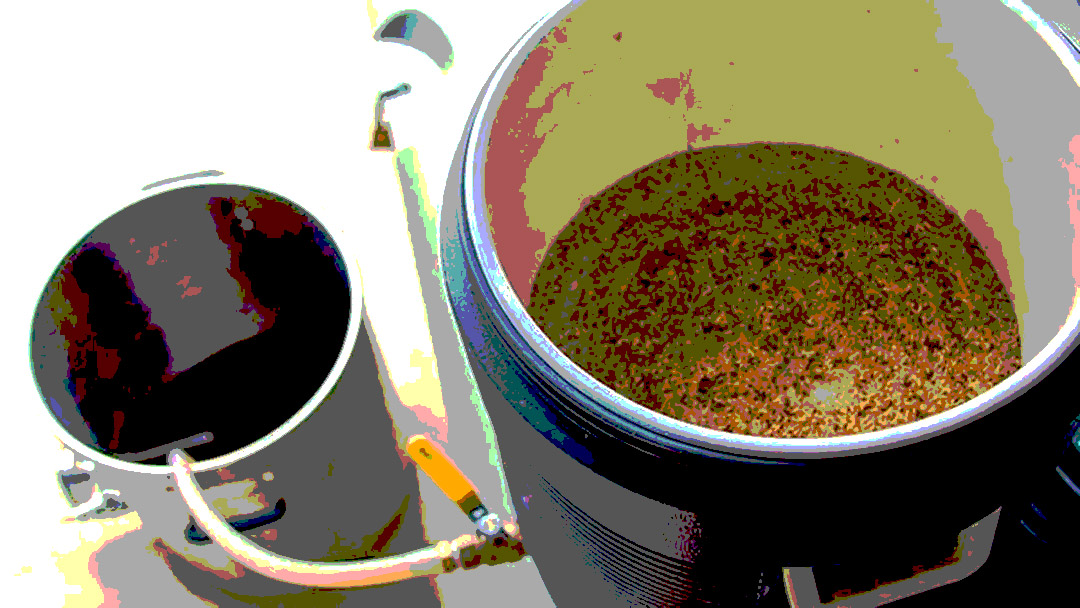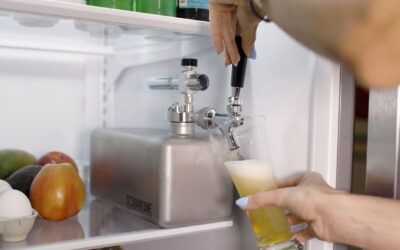
For those who are new to the world of homebrewing, getting started with all-grain brewing might seem a bit intimidating. You may find yourself gravitating towards extract brewing due to its simplicity, less equipment needs, and shorter brew days. However, what do you do when you stumble upon an all-grain recipe that just sounds too good to pass up? You convert it to extract, of course!
All-Grain Recipes
Converting all-grain recipes to extract is not as complex as it may seem. With a basic understanding of brewing ingredients and some simple math, you can easily adapt that enticing all-grain recipe to an extract format. Let’s explore the three simple steps to get you there.
Step 1: Understanding the Grains
The first step to converting all-grain recipes to extract is to understand the grains in the recipe. Broadly speaking, grains used in brewing can be classified into two types: base malts and specialty malts.
Base Malts: These are the primary sources of fermentable sugars in a beer. Examples include Pale Malt, Pilsner Malt, and Maris Otter. They make up the majority of the grain bill and provide the beer with its main body and flavor.
Specialty Malts: These are used in smaller quantities to add specific colors, flavors, and aromas to the beer. Crystal malt, Chocolate malt, and Roasted Barley are a few examples.
The key to the conversion is knowing that only the base malts need to be substituted with malt extract, as malt extract is already made from base malts. Specialty malts will still be used in the extract brew, but in a slightly different way.
Step 2: Convert Base Malts to Extracts
Once you’ve identified the base malts in the all-grain recipe, the next step is to replace them with the appropriate malt extracts. Malt extracts come in two forms: Dry Malt Extract (DME) and Liquid Malt Extract (LME).
The conversion rates between base malts and malt extracts depend on the type of extract used. For DME, it’s approximately 0.6 pound of DME for every 1 pound of grain, and for LME, it’s about 0.75 pound for every 1 pound of grain.
Here’s an example: if the recipe calls for 10 pounds of pale malt, you would need 6 pounds of DME or 7.5 pounds of LME to replace it.
Step 3: Steep Specialty Grains
The specialty grains in the all-grain recipe are not converted to sugars in the same way as base malts are. They can be steeped, similar to how you’d steep tea, to extract their flavors, colors, and aromas.
In an extract brewing process, the specialty grains are crushed and steeped in a grain bag in hot water (around 150-170°F or 65-77°C) for about 20-30 minutes. After steeping, the grain bag is removed, and the resulting liquid is your brewing liquor. You then add your malt extracts to this liquid and continue with your normal brewing process.
Conclusion
Transforming an all-grain recipe into an extract recipe is not as daunting as it may initially seem. By understanding the difference between base and specialty malts, converting base malts to malt extracts, and steeping specialty grains, you can easily take that all-grain recipe and make it work for your extract brewing process. This opens up a world of possibilities, allowing you to brew an even wider range of beers right in your own kitchen. So go ahead, experiment and enjoy the fruits (or should we say, “brews”) of your labor. Happy brewing!
For more detailed reading, I would recommend checking out the following sources:
- How To Brew: Everything You Need to Know to Brew Great Beer Every Time John Palmer (Book) – This is one of the most respected and comprehensive books on brewing. You can grab it here!
- The American Homebrewers Association Website – This is a great resource for all things related to homebrewing. https://www.homebrewersassociation.org/
- The Brew Your Own Big Book of Clone Recipes: Featuring 300 Homebrew Recipes from Your Favorite Breweries Brew Your Own: You can get it here!
These sources would further enlighten you on the process of brewing and the specifics of converting all-grain recipes to extract recipes.
More Homebrew Recipes
*This post may contain affiliate links which means Pints, Forks & Friends may receive commission for purchases made through links. We only recommend products that we personally believe in and use. Learn more on our Privacy Policy page.
The Latest…
Craft Beer and Restaurant Guide to Food-Grade Sanitary Hose
We like to say "Pints, Forks & Friends, where every...
Craft Beer & BBQ Lovers: Your Ultimate Mini Keg Guide
Imagine, if you will, a world where the crisp, refreshing...
Warm Up This Winter at the Cleveland Winter Warmer Fest 2024!
Excitement is brewing in the air as we inch closer to the...



